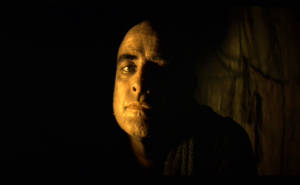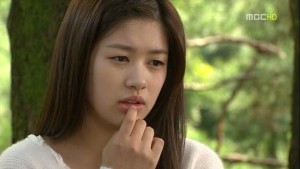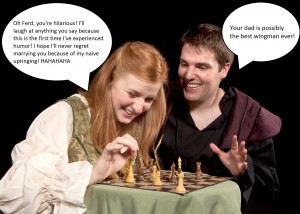It’s easy to say that Carter’s feminist fairy tales go beyond facile table-turning scenarios—say, princess rescues the prince or maiden trades her magic trinkets for a law degree.
Instead, her heroines—sometimes hapless, often virginal—make weighted decisions in limiting circumstances. Through no fault of their own, these women find themselves with strange men in dark forests or spooky estates with little recourse—eat or be eaten, bed or be bedded. In “The Bloody Chamber,” the title story based on Bluebeard, we can judge the 17-year-old who weds a rich, middle-aged stranger through her own perspective. In “The Tiger’s Wife,” we fear for the Beauty held captive by a lionesque Beast, only to discover she harbors an animalistic appetite of her own.
“She herself is a haunted house. She does not possess herself; her ancestors sometimes come and peer out of the windows of her eyes and that is very frightening.” (17)
Though something more captivating than Carter’s characters is her language. As a fan of gothic romanticism and the short story format, Carter’s text was considered satisfying for some and worrisome for others. Revamping past fairytales and eschewing the well-tread trail for a more serpentine, darker path, Carter addresses female empowerment through bodily autonomy and explicity. This can be seen throughout her work as she details female figures and outlines their pain is relation to her surroundings. Her distinct voice is nothing but dangerous yet it alludes the reader to explore her text and question origins of masculine thought. The most prevalent of stories lies in the title The Bloody Chamber. I can assure everyone that her control of language and voice has left me searching bookshelves for The Sadeian Woman.






